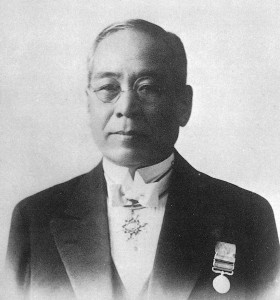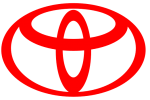 Karakuri is the art of creating machines without an external power source. After an introduction to the topic in my last post, I would like to show you some fundamental techniques for karakuri.
Karakuri is the art of creating machines without an external power source. After an introduction to the topic in my last post, I would like to show you some fundamental techniques for karakuri.
I would like to pay particular attention to power management: Where do these machines get their power from, how do they store it, and where does it go? I will also (very !) briefly talk about kinematics, and even some karakuri ideas that go beyond kinematics. My next post will have lots of examples, mostly from the Karakuri Kaizen Exhibition 2017 in Nagoya.







